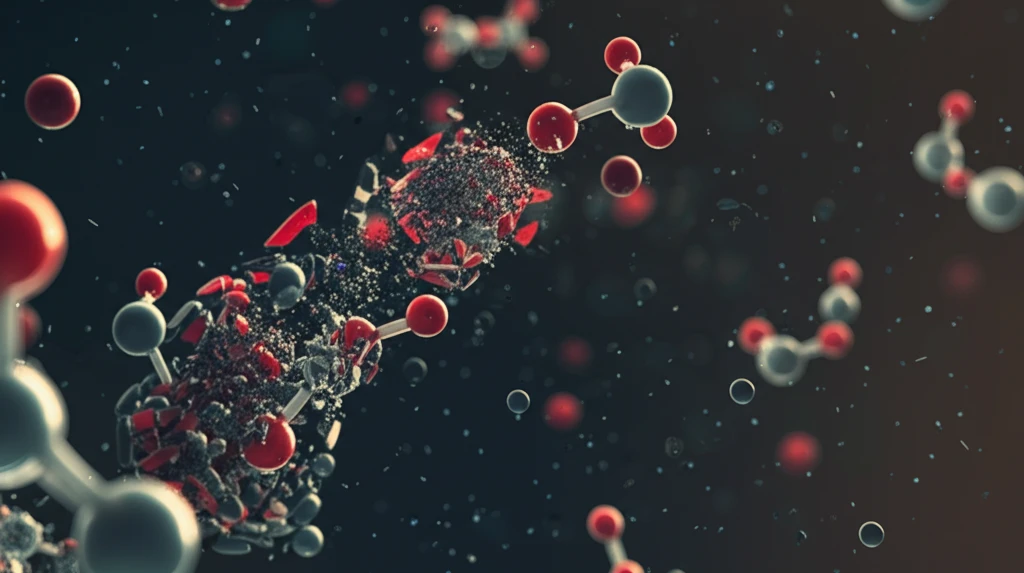
Unveiling Molecular Mysteries: How Photofragment Imaging Revolutionizes Chemical Research
"A deep dive into photofragment imaging, its evolution, and how it's reshaping our understanding of molecular dynamics."
In the realm of chemical research, where the infinitesimally small dictates the behavior of everything around us, scientists are continually seeking more refined tools to observe and understand molecular dynamics. One such tool, now considered indispensable, is photofragment imaging. This technique allows researchers to visualize and dissect the intricacies of molecular reactions with unprecedented clarity.
Photofragment imaging has become a cornerstone in modern chemical kinetics since it enables scientists to directly observe the fragments produced when molecules break apart after absorbing light. Imagine having a camera that can track individual atoms as they recoil from a broken bond – that's the essence of photofragment imaging. This method provides a wealth of information, including the speed and direction of the departing fragments, revealing fundamental aspects of chemical reactions.
This technique didn't spring up overnight. Its evolution is a fascinating story of ingenuity, blending physics, chemistry, and advanced technology. From early experiments that hinted at the behavior of molecules to today's sophisticated setups, photofragment imaging stands as a testament to human curiosity and the relentless pursuit of knowledge. This article delves into the history, technical considerations, and significant discoveries made possible by this revolutionary approach.
From Simple Observations to High-Tech Imaging: A Journey Through the History of Photofragment Imaging

The seeds of photofragment imaging were sown long before the advent of lasers and advanced detectors. Early spectroscopic investigations, for instance, revealed that some molecules would break apart, or “predissociate”, when exposed to light. This was evident in the broadening or fuzziness of spectral lines, hinting that the molecules had a fleeting existence before disintegrating. While these observations were indirect, they laid the groundwork for future explorations.
- 1960s: Early spectroscopic studies hint at predissociation in molecules.
- 1970s-1990s: Development of photofragment translational spectroscopy (PTS) and laser-based Doppler techniques.
- 1987: Chandler and Houston's groundbreaking paper introduces photofragment imaging using REMPI detection.
- 1997: Eppink and Parker revolutionize the field with velocity map imaging (VMI).
- 2000s: Time-slice imaging emerges, offering even higher resolution.
The Future of Molecular Imaging: New Frontiers in Chemical Research
Photofragment imaging has become an essential tool in chemical research, revolutionizing our ability to visualize and comprehend molecular dynamics. From its humble beginnings to its current state-of-the-art implementations, photofragment imaging continues to evolve, propelled by new technologies and innovative ideas. As we look forward, the future promises even more exciting developments, with the potential to unravel some of the most challenging mysteries in the molecular world.
